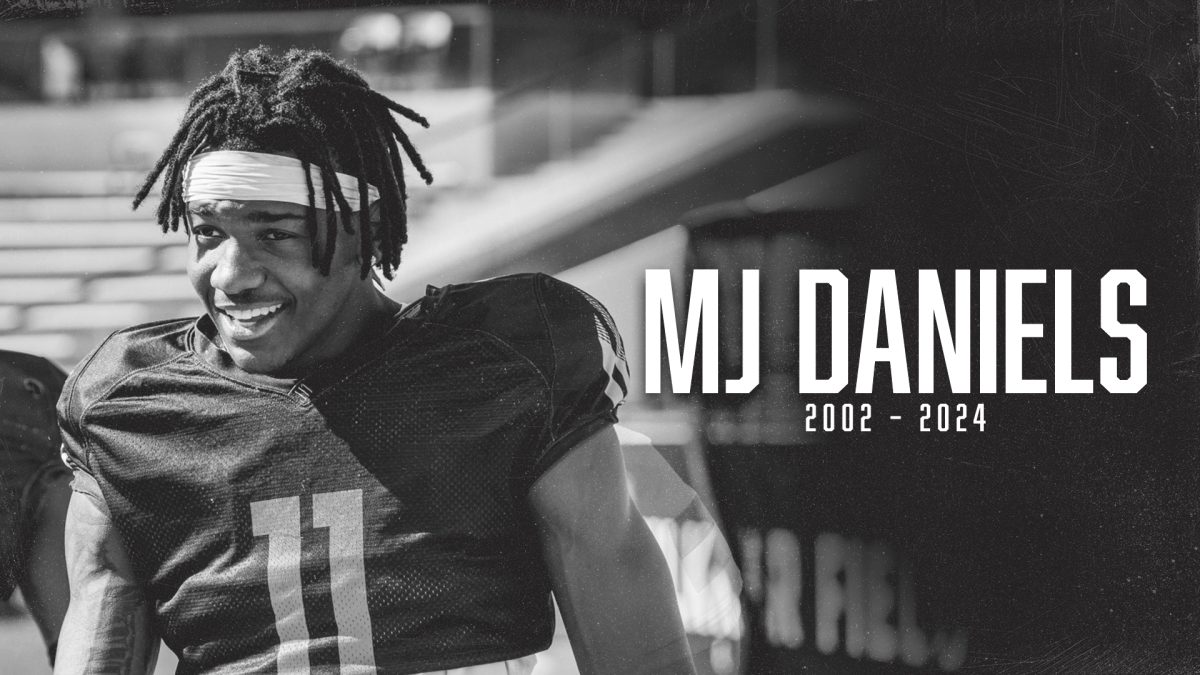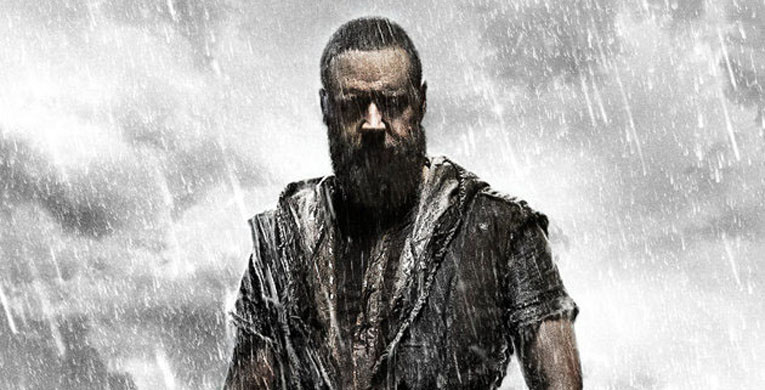
Those who have seen previous works by Darren Aronofsky know of the director’s penchant for portraying the darker sides of human psychology in his work. His films like “Black Swan” and “Requiem for a Dream” showed masterful insights into the lives of people pushed to their limits.
Aronofsky’s latest film, “Noah,” takes the director’s flair for haunting examinations of humanity and applies it to the biblical tale of Noah and his ark.
Aronofsky’s version of events is mostly the same as the biblical canon. Noah, the last descendant of Seth (Adam and Eve’s third son), is chosen by God (called the Creator in the film) to build an ark while God punishes the rest of the world (the descendants of Cain) for their wickedness. However, Aronofksy does deviate with some plot choices that are not biblical in order to advance the story.
The first deviation that seems to have caused the most controversy is the inclusion of a group of fallen angels called the Watchers. The Watchers are six-armed stone giants who were punished by the Creator for attempting to help mankind after man fell from grace and help Noah with his task of building the ark.
The second deviation is the fictional character of Ila, who plays the role of Noah’s adopted daughter and eventual daughter-in-law in Aronofsky’s tale, portrayed by Emma Watson.
Despite these deviations, Aronofsky stays mostly true to the source material, but examines it in a way that is more callous and brutal than the Sunday school story that most are familiar with.
The film is divided into two halves essentially, with the first half consisting of Noah learning of the task before him and constructing the ark while also dealing with the descendants of Cain and their king, Tubal-Cain.
The first half houses some of the most beautiful and lighthearted moments of the film, with visuals that echo Aronofsky’s previous attempt at a film with this large of a scope, “The Fountain.”
The second half of the film begins when the flood arrives and shows how Noah and his family deal with this destructive force and its subsequent aftermath. It is in this second half that the film begins to show the true burden that has been placed on Noah and its toll on his psyche.
Watching him sit inside the dark boat listening to the screams of the condemned and his struggle with the fact that he feels the Creator has sentenced all of mankind, including his family, to death is a difficult thing to do.
Aronofsky complements the mood shift with darker and drearier visuals as the world is drowned in water and the sky has turned to gray.
Russell Crowe is the highlight of the film. His portrayal of Noah is a complex man so deeply devoted to his convictions that it borders on fanaticism, and Crowe sells this devotion with terrifying skill.
Unfortunately, Crowe is so commanding that the rest of the cast can fall a bit flat. Jennifer Connolly and Anthony Hopkins are stellar, but they are not allotted much screen time; meanwhile Emma Watson’s Ila is a weak point and her love interest Shem is essentially disposable.
Throughout the film, the visuals are top notch. Beautiful landscapes and wonderful CGI effects complement plot points incredibly well. This visual finesse is especially apparent in scenes such as Noah witnessing the depravity of the descendants of Cain and having a vision of the landscape turning into Hell, the use of a river spreading across the landscape to show the passage of time and a series of stunning images that complement Noah telling his family the story of creation.
The film also handles incredibly powerful themes in a way that manages to avoid becoming self-righteous or preachy. Themes of forgiveness, the power of choices and mankind’s place in the environment are examined with a delicate touch and allow viewers to come to their own conclusions.
While “Noah” does have its flaws, it is an ambitious project that succeeds in taking a well-known story and making an interesting and poignant film around it. “Noah” will be a conversation starter for believers and non-believers alike for years to come.




























